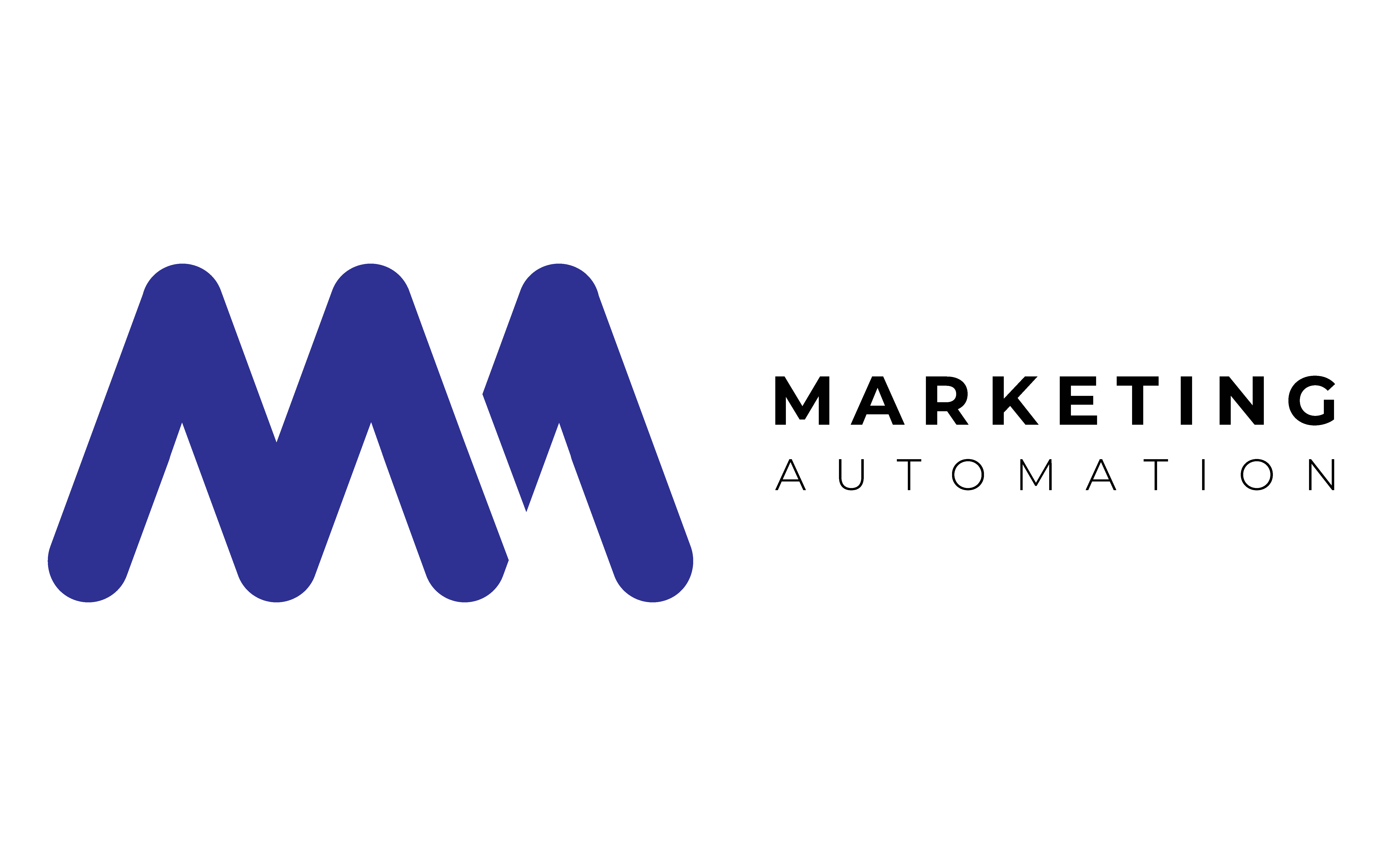Generally, all advanced SMEs – and with a business consolidated over the years – are equipped with a CRM (Customer Relationship Management) system. But it is quite rare today to find SMEs with integrated CRM and Marketing Automation systems.
As is known, CRM refers to a tool that allows the sales team to keep track of the relationship with its customers and potential customers. And with marketing automation, a tool that allows you to automate some of the repetitive communications on the marketing side.
Yet, the topic is not that simple and is becoming increasingly topical: integrating CRM and Marketing Automation systems deserves much more than reflection, because it involves aspects linked to technologies, internal and external processes and the company’s customer relationship strategy.
CRM and sales force management
The most widespread use of CRM therefore involves the manual entry by the salesperson of contacts, notes, appointments, opportunities, deadlines and offers, linked to the various lead, prospect and customer data sheets.
To give an example: a salesperson can enter and store information on the contact card about a potential customer met during a sector event, such as the company’s turnover, the product or solution of interest, etc…
The CRM, thus understood, is the very precious customer portfolio of the commercial team: a database or archive equipped with interactive and operational functions. If data collection is constant and updated, CRM allows us to have a clear vision of the company’s relationships with customers, suppliers, colleagues, partners or other subjects.
The user who uses it has at his disposal the history and evolution of every single company-company contact interaction.
Marketing Automation: governing growth
When we talk about Marketing Automation (we also wrote about it here), we are generally referring to all those technologies that allow us to automate repetitive marketing actions.
This definition today is reductive or in any case incomplete, even these systems allow us to activate complex processes such as the automation of repetitive business activities, the management of new leads up to the design of customer loyalty paths. The processes of managing interactions in this way are to be understood as signals of company growth.
But the actions listed above, by way of example, are certainly activities linked to the customer relationship, therefore they involve both the sales team and the marketing team, i.e. they push us towards the development of a shared strategy.
While, on a technological level, starting from the definitions provided so far we can therefore state that:
- CRM is a tool aimed at sales;
- those of Marketing Automation are aimed at marketing and communication;
But the winning project is to integrate the processes (and platforms) allowing us to work through the entire process of acquiring and managing a contact.
CRM and Marketing Automation: 7 advantages
But what are the advantages of this integration? Let’s start from a preliminary assumption: the sharing of company objectives.
All the company’s teams, in an increasingly digital world, contribute to the growth of the business. Therefore it is now necessary to acknowledge that some objectives are shared: marketing supports sales and contributes in an increasingly decisive way to generating demand which is then satisfied by the commercial team.
And now let’s move on to the 7 advantages that the integration between CRM and Marketing Automation could bring to your business:
- Establish better relationships with customers and potential customers: a practical case is nurturing workflows, i.e. scheduled sending of useful content for your customers, valuable content that intercepts further information about them (useful for cross selling);
- Collection of more information on contacts: a practical example is behavioral data on web browsing. Do you want it not to make a difference to engage a potential customer at the very moment he is researching what you offer?
- Save time and costs: these systems allow you to qualify (and disqualify) a lead very precisely. If your business is aimed at companies of a certain size and turnover, a certain sector, etc… it is useless to contact everyone without distinction; today we can classify potential customers based on many factors, including behavioral ones;
- Reduction of sales process times: send the most relevant content directly, automatically and based on the interest expressed by the contact;
- Reactivation of dormant leads and prospects: those who have not purchased our products or services today will have had their reasons. But that’s not to say that our marketing activities fail to awaken their interest after some time has passed;
- A unified database: some of the information held between the various customer teams may be redundant but also used in different ways and for different purposes; database unification also greatly reduces manual export and import activities between tools;
- Integrated reports and analyses: the possibility of following the customer along an end-to-end path offers significant analytical advantages. This allows us to optimize our strategies with an approach based on the data collected, not just based on that available to a single team.
As you can imagine, the integration between CRM and Marketing Automation is an efficiency factor for the company. Data synchronization completes the flow of processes that can thus be activated; not to mention the fact that it also prevents the creation of duplicate contacts.
The time saved and the efficiency in terms of process finally allow us to concentrate our efforts on the sales strategy.
Conclusions
A CRM is the underlying technology for SMBs of any size; who can no longer do without automating routine tasks with marketing automation.
The two solutions represent two sides of the same coin, which require working on the same database.
If on the one hand the central archive in which we keep information on our customers is extremely consolidated, on the other hand the time has come to manage and govern the growth of our business, saving time and costs thanks to the technological evolution underway.








